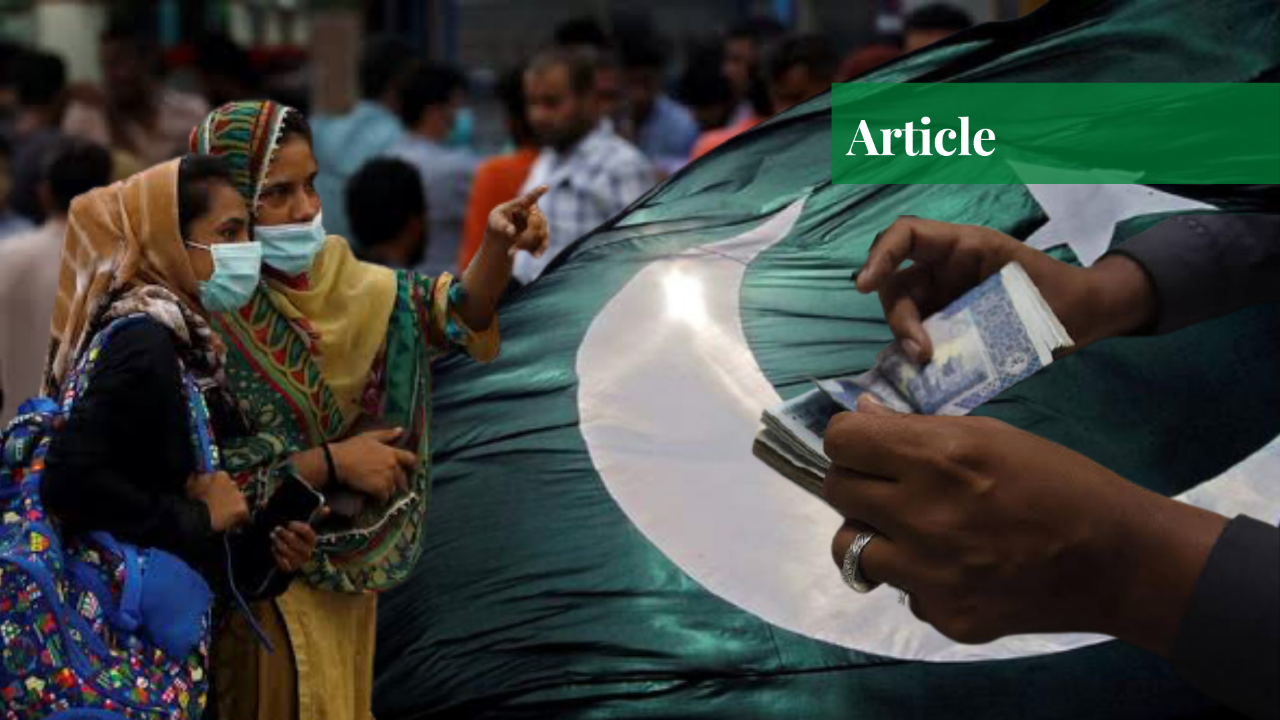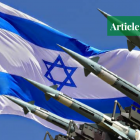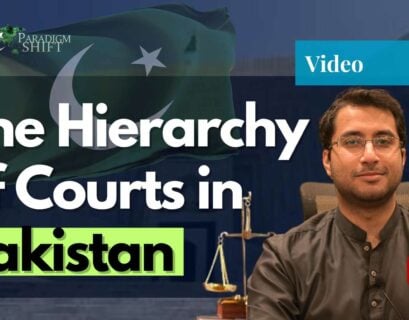Mr Mohammad Ali Zafar is a student of International Relations at the National Defence University (NDU) Islamabad, Pakistan. He consistently writes news articles, with his work primarily focusing on matters pertaining to the Middle East, Pakistan, and CPEC. In addition, the author has a keen eye for Arctic affairs.
The Economy Faces Contractions
The unprecedented threat posed by Covid-19 has made states move towards lockdowns which have added to the existing economic challenges, especially for undeveloped and developing states. The current situation of the economy of Pakistan has been massively impacted due to the coronavirus.
Pakistan’s economy was already in dire straits when Covid-19 took a wild card entry, which prompted the need for adequate measures to curtail the threat of Covid-19 on Pakistan’s vulnerable economy.
As per the forecast from the World Bank, the economic situation in South Asia is abysmal. The International Monetary Fund (IMF) estimated that Pakistan’s economy for the 2020 financial year would contract by 1.5%. The amplified burden on Pakistan’s stock market amid the pandemic has shown a 10% drop with $610 million flown out of the country.
This will directly lead to an increase in human suffrage, which would then call for the incumbent government to focus on increasing the government’s reach to vulnerable societies as the poverty rate is projected to increase from a baseline poverty of 23.4% to a whopping 58.6%, in the event of a high impact scenario.
The adverse effect has also been reported by the United Nations Conference on Trade and Development (UNCTAD) which has shared the data of Pakistan being one of the hardest-hit states by Covid-19. Along with this, the World Bank stated that Pakistan’s exchange rate which was stable in June-February FY20, devalued by 7.3% in March. This is one of the reasons why Imran Khan’s government moved towards devaluing the currency, which poses another threat to businesses in Pakistan.
Statistics have raised eyebrows for policymakers about how to manage the economic impacts while providing incentives. All of these have led to a health-economy dilemma. More bend towards health care leads to a negative impact on the economic growth, and a slight easiness in lockdown for economic revival poses a massive threat of increasing Covid-19 cases as the workers move back to their work.
Economic Policies and Strategies
To counter the menace of Covid-19, Imran Khan urged international organizations to introduce a global initiative of pandemic debt relief, in support of developing countries that are fighting against Covid-19. Moreover, IMF has announced a disbursement of US$ 1.386 billion to aid Pakistan’s fight against Covid-19. Although Imran Khan negated the action of a state-wide lockdown amid the third wave, the alarming positivity rate left the country with no choice but to enforce an Eid lockdown.
After the initial break, the government announced an economic relief package of Rs. 1.2 trillion, which included RS.200 billion of relief to daily wage workers, Rs. 7.5 billion to accelerate tax refunds, and other similar relief packages for energy, agriculture, and other areas affected by the pandemic.
Right after assessing the domestic situation, Imran Khan’s government put forward a strategy to support the industrial sector by providing incentives. One by one, the restrictions on chemical, fertilizer, glass, e-commerce, and cement industries were lifted to stem economic fallout. The PTI government had also aimed at utilizing the blue economy potential of Pakistan and declared 2020 the “year of the blue economy.”
Such steps were assumed to help the lower and middle classes that act as the main machine to these industries, but the menace of the economic recession still reigns over the current administration, especially when the clock of FATF and grey list is floating over the current political arena in Pakistan.
Subsidies and Foreign Aid
Incentives were introduced for the ones who would invest in the construction sector. The investors would be given leverage regarding the declaration of their source of income. Only 10% of the fixed tax will have to be paid by those investing in the Naya Pakistan Housing Authority. These steps were part of the 30 billion subsidies for the Naya Pakistan Housing project, announced to bolster the efforts in retrieving from the impact of Covid-19 on the economy of Pakistan.
With the exception of cement and steel, all industries of construction are not bound to pay the withholding tax. However, the high-risk perception involved in this dire situation might make them reluctant to invest. In order to promote the construction industry, Imran Khan initiated a Construction Industry Development Board.
Another share to support the economy of Pakistan under the current atmosphere involves foreign aid by different actors for the developing and underdeveloped states to steady the economic impact of Covid-19. For Pakistan, World Bank announced $200 million, Asian Development Bank announced $2 million, China donated $4 million, and the UK announced £2.67 million in donations.
In order to keep this uncalculated damage under control, astute planning is necessary. People living below the poverty line are expected to double to 125 million, acting as a major blow for the state of Pakistan. The government also introduced the Ehsaas program which was a major initiative under the prevailing crisis for poverty alleviation.
Although the Ehsaas program has been subject to criticism, the efforts have been applauded in both the health and economic sectors. WHO, while appreciating the efforts of Pakistan against Covid-19, commented that “for a developing country facing other crises, this has been a welcome relief.” Even Bill Gates applauded PM Khan for the efforts made by Pakistan against the pandemic.
Intensive Policies
To support individuals forming the substantial informal economy of Pakistan, the idea of opening small industrial complexes and their future consequences is still under discussion. Other than the current policies to curtail the health challenges, there is a need to find a way forward for the economy. The third wave of Covid-19 is slithering into the domestic cloud, but the solution lies in aligning the perspectives on economic pressures and incentives that can be explored, with the problem at hand.
Astute planning is required to keep the uncalculated damage under control. The Board of Investment (BOI) compiled a report on the response to the economic challenges that Pakistan would face amid the pandemic. It provides an excellent investment strategy response that can help to formulate a roadmap for the policymaker to “reverse some of the Post-Covid-19 distress on investment and trade.”
The 10-point strategy provides an approach to find an answer to the growing need for an effective policy other than the current plan by Imran Khan’s government. This will answer the future needs of Pakistan once the pandemic is over and the calculation of the exact impacts of Covid-19 on Pakistan’s economy.
Pakistan has followed the step of switching to emergency mode, but the economic prospect requires a decisive approach that will lead to the development of a resilient economy while managing a fiscal and financial surge. The need for increasing public-sector investment by incentivizing labor must be a matter of high priority.
The vulnerable productive sectors will be eyeing more interest-free loans, subsidies, tariffs, and rebates which are the need of the hour to support domestic production, enterprises, private sector jobs, and exports. Pakistan’s economic situation is subject to the policies opted by the government.
If you want to submit your articles and/or research papers, please check the Submissions page.
The views and opinions expressed in this article/paper are the author’s own and do not necessarily reflect the editorial position of Paradigm Shift.


















